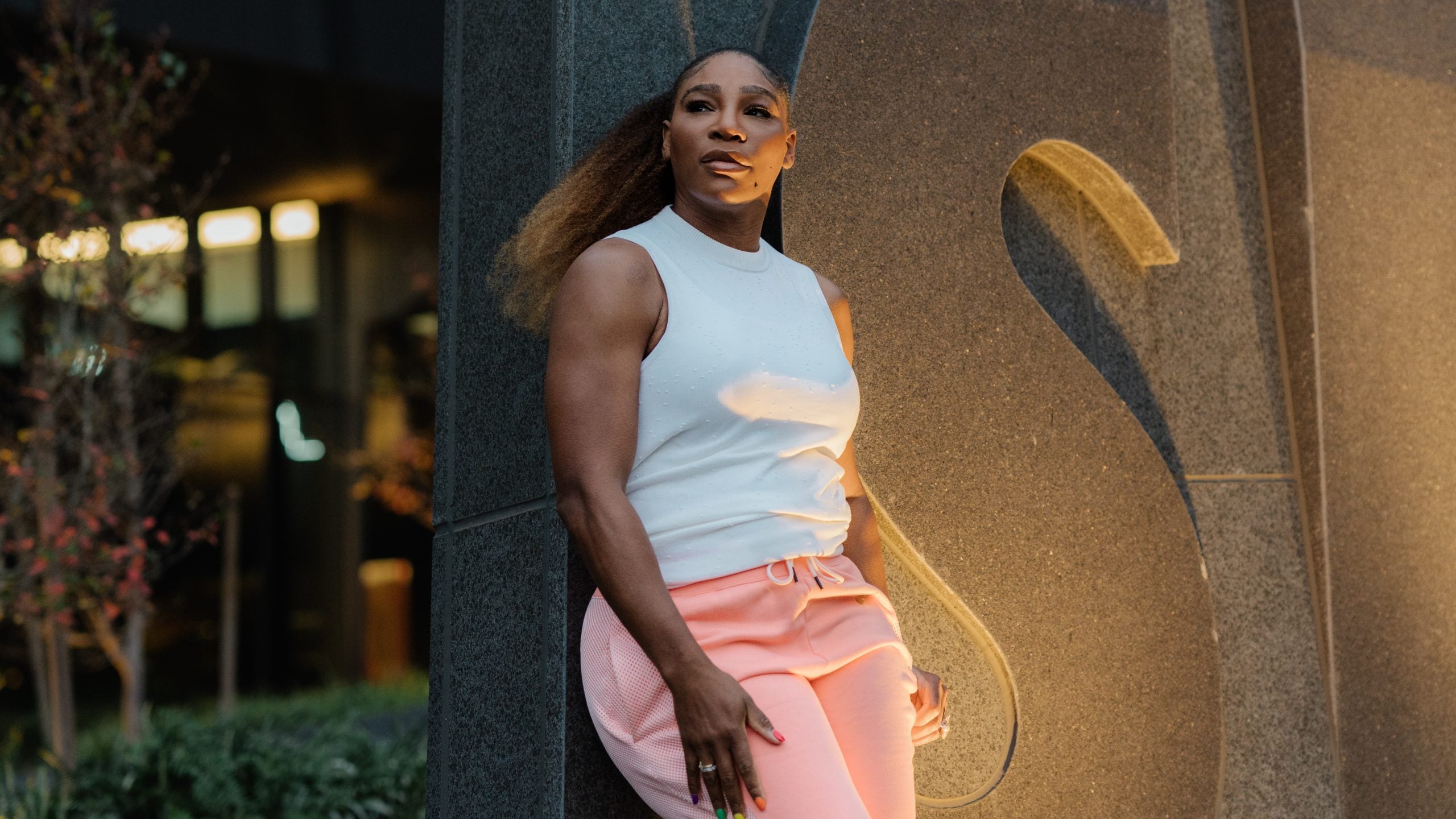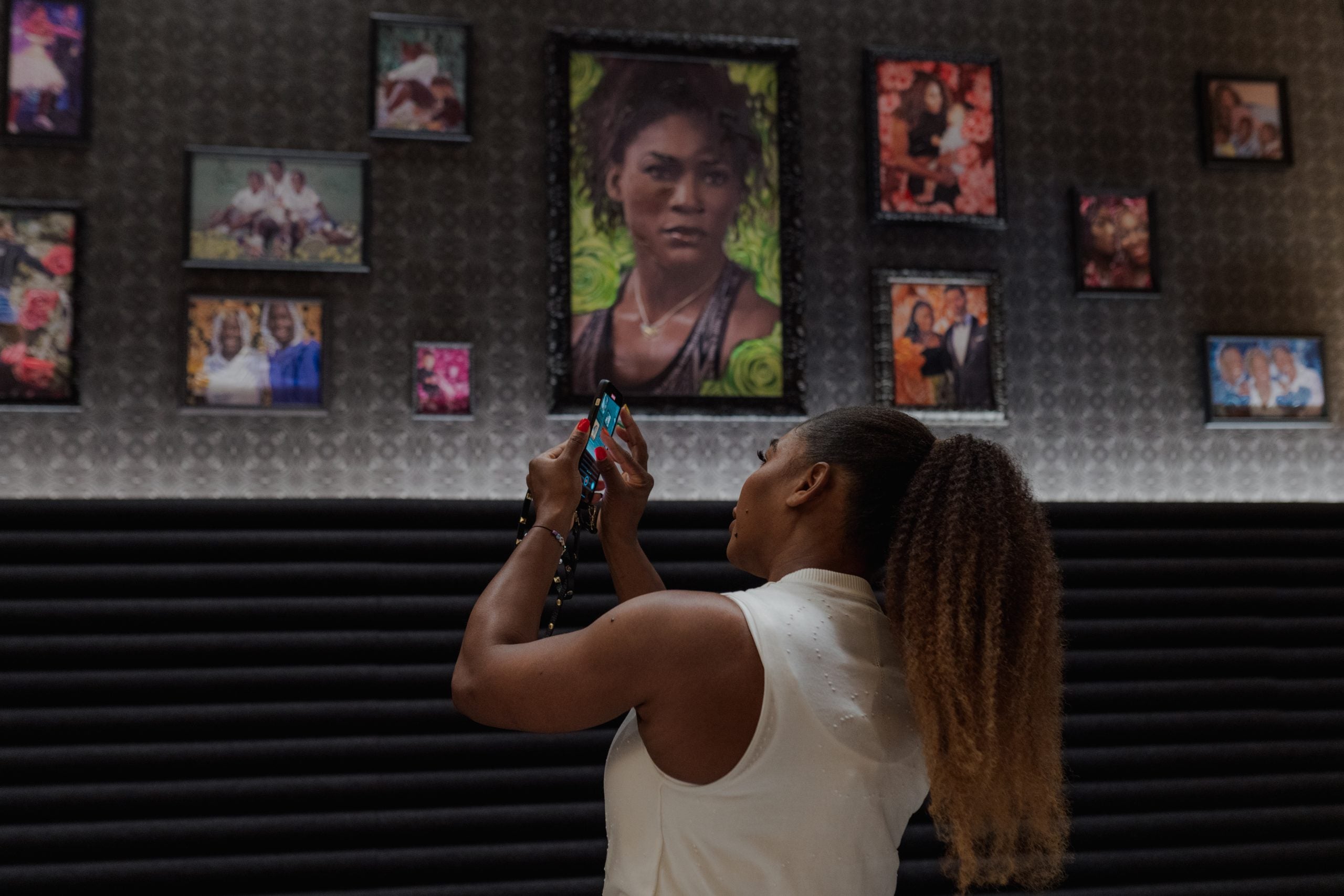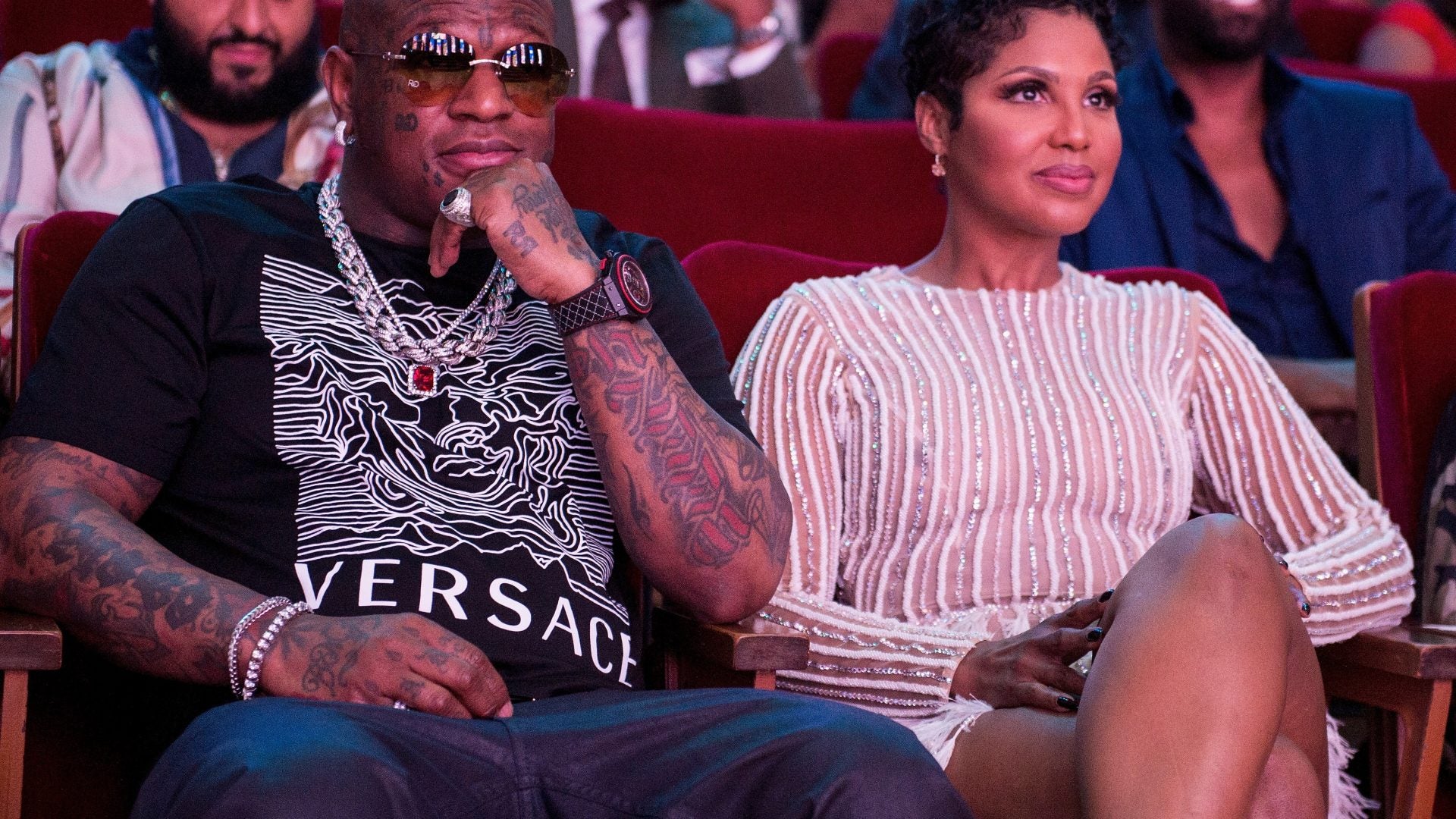
What would you do if you were not afraid?
Serena Williams once said, “I am lucky that whatever fear I have inside me, my desire to win is always stronger.” As one of the greatest athletes ever – not female athlete, but athlete, period – Williams has continued to demonstrate persistence, resilience, grace, and victory since she first stepped on the court as a teenager. Whether it be the fear of losing a match or the fear of disappointing her loved ones, she never allowed the fear of a double fault keep her from stepping onto the court and serving it all she’s got. While every game may not have been a victory, every step molded her into the woman she is today and earned her a building at Nike’s headquarters in Portland, Oregon.
When I first walked into the Serena Williams Building, I was instantly stunned. I never had the pleasure of meeting the GOAT in real life (yet), but I felt like I knew her just from the lobby alone. Embedded in the walls of the building was her name on the wall accompanied by quotes from “I’ve always loved fashion” to famous titles and nicknames like “Queen of the Court.” As I walked further into the lobby and a few feet past the receptionists’ desks, I was met with a mini-museum of some of Serena’s most iconic looks. Included in the cases was a bedazzled flannel shirt that a young Serena Williams stitched herself, including a little rhinestone Swoosh on the left-hand breast pocket.
The caption read, Serena’s vision both on and off the court is unmatched. She’s as creative outside the lines as she is in between them. She’s an iconic athlete and fashion icon. She’s 1 of 1. And before her first meeting at Nike World Headquarters to discuss apparel collaborations, she bedazzled this shirt and brought it with her to showcase her distinct style. From that day on, Serena’s worked hand-in-hand with Nike designers to bring her legendary on-court looks to life and change the modern-day tennis outfit forever.
And that she has.
“A lot of people don’t know, but Serena is a designer. She went to design school,” Jonathan Johnsongriffin, Nike VP, Global Creative Director reminded me about the athlete. Williams attended The Art Institute of Fort Lauderdale in Florida where she studied fashion for a brief period of time before enrolling in Isenberg School of Management, UMass Amherst for Business Management. In addition to being the greatest athlete in the world, Johnsongriffin praised Williams for her “acute eye for design” which is demonstrated every time she graciously arrives to Wimbledon, French Open, US Open, or the Australian Open. Williams continues to make fashion statements worldwide while proving to the world that she’s a woman who can both slay on and off the court.
As a leader at Nike, Johnsongriffin has been able to work firsthand on the Serena Williams and Nike partnership that blossomed into the Serena Williams Design Crew (SWDC), an apprenticeship program to promote diversity in design. He recalled back to when he first met Williams during his time as an intern at Nike, and reflected on how her fashion was breaking barriers back then and inspired him in ways that he’d continue to carry in and out of the boardroom. “If she can show up at French Open her full self on that court, then I can show up my full self when I show up to work every day,” he said passionately.
For her first match in the 2021 Australian Open, Williams paid homage t0 late track-and-field legend Florence Griffith-Joyner, popularly known as “Flo-Jo,” by wearing a vibrant asymmetrical unitard that was widely popularized in the 1980s. Johnsongriffin remembered when the idea was first pitched to Williams by Nike to make her feel like the superstar she is. Deeming the look itself as “amazing,” Johnsongriffin noted the impact of the message that Williams was sending to young Black women and girls about the duality of style and fashion through athleticism.
“I remember when that story was being shared with Serena around like, ‘Hey, we wanted to design something and make you feel like a superhero,’ and the superhero for her was Flo-Jo,” he explained to ESSENCE. “So how do we now take that, transport that, and give that back to a community to see how one icon to another icon is creating space for a whole new generation of icons?” Thus, the Grand Slam champ’s look courtesy of Nike complete with red, hot pink, and black colorblocking was born.
I met Emiko McCoy during the last day of the Nike press trip in Oregon and was excited to speak with a Black woman who had worked firsthand with the Serena Williams Design Crew. For a Black female designer to work on a partnership between a major brand and the greatest athlete ever, who happens to be a Black woman, is nothing short of iconic. McCoy doesn’t take that at all for granted. “Serena Williams is an icon whose impact transcends sport,” McCoy told ESSENCE.
McCoy, who serves as Designer II, Women’s Performance Apparel at Nike, recalled seeing Williams’ ‘Dream Crazy’ campaign on a billboard in New York City’s Herald Square for the first time and called it “a life-changing moment” for her. “To see the greatest athlete of all time —someone who looks like me and has brought so many young girls into sport —inspired me to finally pursue my own crazy dream of becoming a Nike designer,” McCoy added retrospectively. “To have this opportunity to design for her as part of the Serena Williams Design Crew has been so incredible. I really want to pay it forward by paving the way and opening up opportunities for others who are coming behind me.”
Tania Flynn, Nike’s VP of Women’s Apparel Product Design, chimed in and noted Williams’ hands-on involvement with the Serena Williams Design Crew. Williams didn’t miss a beat, according to Flynn, from individual meetings with apprentices to collection briefing and design reviews, and everything in between. “Even her design vocabulary is sharp. She’s like, ‘We don’t have enough silhouette differentiation. Can we go back and think about something else?’ That shows how invested she is in the success of the team and the line,” Flynn added.
Flynn continued to emphasize the importance of empowering future designers through the Serena Williams Design Crew, which brings the next generation forward of designers through Nike. When asked by ESSENCE how recent designs – including those created by the Serena Williams Design Crew – demonstrate Nike’s diversity, inclusion, and equity efforts, Flynn said that the proof was far beyond the print and patterns.
“At Nike, we believe diversity drives innovation. The Serena Williams Design Crew collection is a perfect example of how our values show up in the product we create,” Flynn said. “When you gather a diverse group — a team of creatives who bring their talent, their stories, their experiences to the table — it creates a unique experience not only for the designers but for everyone who sees the results.”
According to Flynn, Nike’s work is never done as it continues to design athleisure wear to scale the various body types demonstrated in Black women’s bodies. The goal is to build an inclusive community by the brand for all body types – tall, short, small, wide, in between, and all throughout. “We’ve always believed if you have a body, you’re an athlete. Inclusivity is at the heart of our design vision — it’s not an add-on to it or somehow separate,” Flynn told ESSENCE.
As a woman who has been open about her struggles with body image and personal experiences with racial commentary due to her appearance, the Olympic gold medalist has always vocalized the importance of feeling confident and wanting to represent ‘beautiful dark women’ in and out of sports. Thus, having a team like Nike to partner with was a match made in heaven because of their prioritization of celebrating body types aside from the Eurocentric standards of beauty. Flynn continued, “It’s integrated, which is why our bras are designed for over 70 cup sizes and our apparel sizes run to 4X. Through our Nike Sport Research Lab, we’ve scanned tens of thousands of women’s bodies — from elite to everyday athletes — leading to a more realistic and representative model for women’s sizing across the spectrum. We will continue to offer her more choice, support, and comfort, investing in all women at every step.”

As a Black man who was not only raised by a Black woman but is raising two young Black women of his own at home, Johnsongriffin proudly recognizes the impact of Black women in the world of athleisure and sneakers. “In sports specifically, take Serena, for example. We are sitting in this building right now and you see images of an amazing Black woman [and an] amazing athlete on the wall,” he praised of the building.
“You get to see in full color and high definition that Flo-Jo-inspired uniform. You get to see the catsuit. You get to see all of the different moments where Serena has fundamentally changed fashion and design by bringing her full self to the court. I think there [are] countless examples of Black women doing that, but I mean, what better inspiration to look to?”





